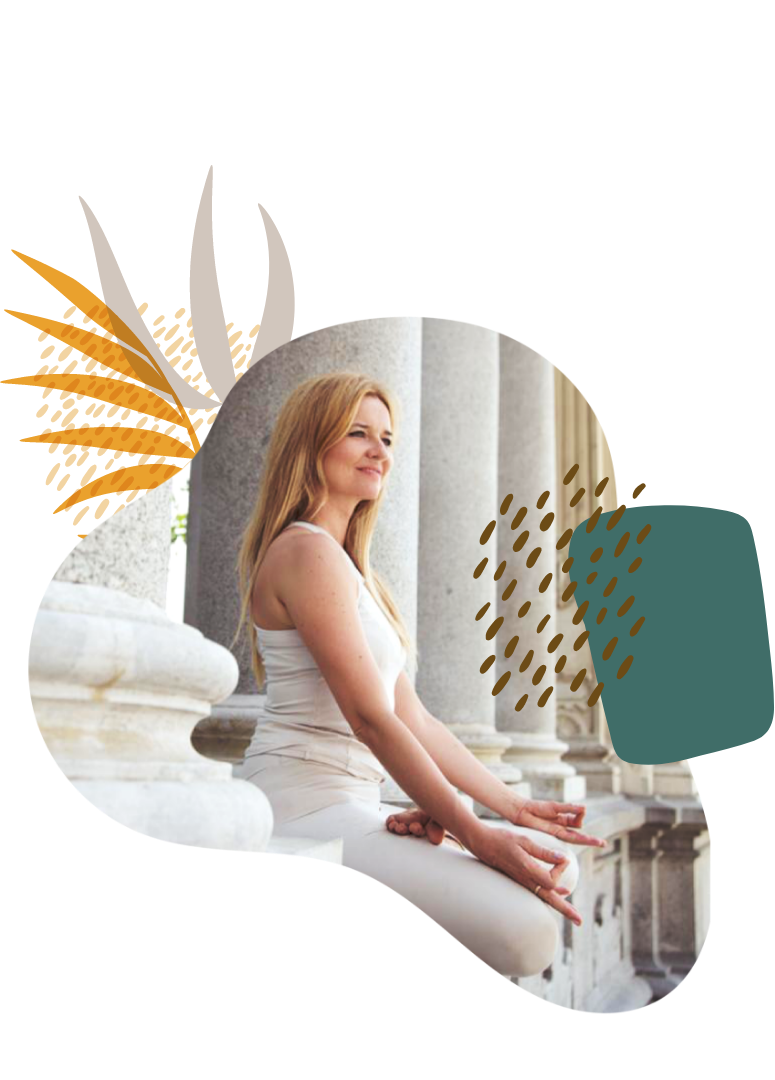Yoga is a practice that connects the body, breath and mind. It uses physical postures, breathing exercises and meditation to improve overall health. Yoga is a discipline that nurtures and strengthens the body and mind through the practice of physical postures (asanas), combined with breathing exercises (pranayama) and meditation.
Yoga originated thousands of years ago in India, where it was part of the Hindu culture and its spiritual, cultural and social tradition. Today, most people in the West who practise yoga do so as a form of exercise, to reduce anxiety and stress, gain flexibility and generally improve their physical and mental well-being.














Monday – Friday : 07:00 – 21:30
Saturday – Sunday : 09:00 – 14:00